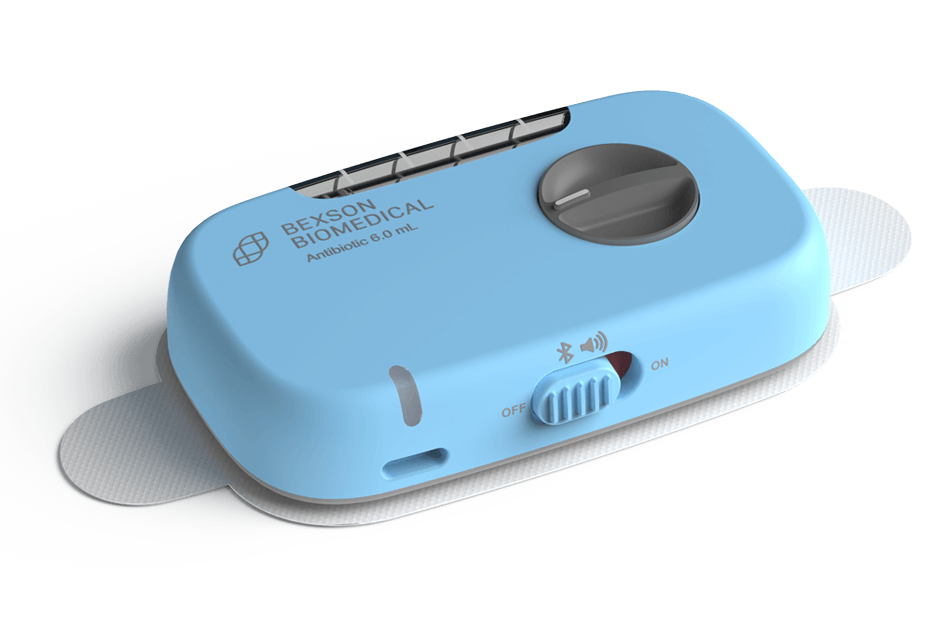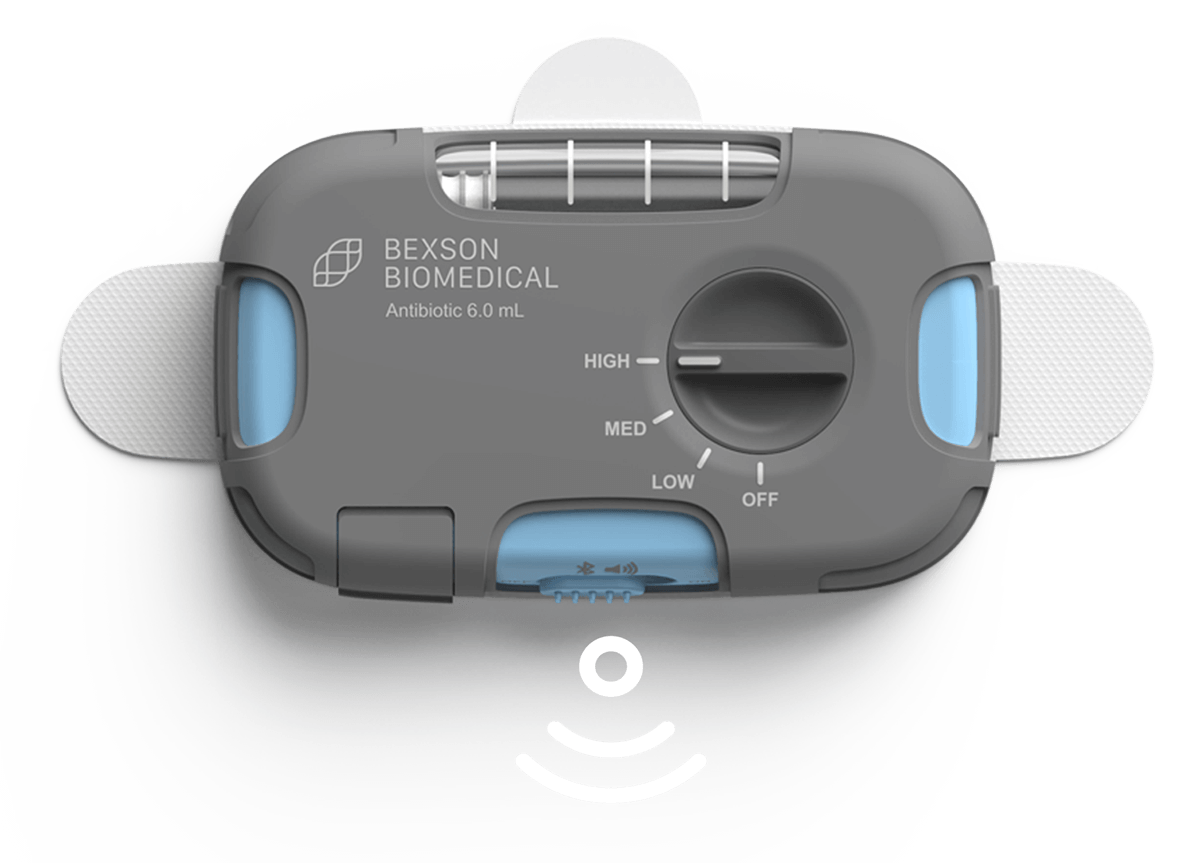Introducing AKESO
On-Body Delivery System for Drug Delivery in Contested Environments
The combination of AKESO and BB106 is designed to provide non-opioid pain management on the battlefield. AKESO also provides multiple use cases for CBRN response with applications to DARPA and ARPA-H scenarios.
Wearable on-body-delivery-system (AKESO) analyzed during U.S. military training exercises in
August 2023 (Northern Strike) and July 2024 (Tenacious Dragon 2):
Read the Press Release→
Wearable on-body-delivery-system (AKESO) analyzed during U.S. military training exercises in
August 2023 (Northern Strike) and July 2024 (Tenacious Dragon 2):
Read the Press Release→






